Missouri Pacific history is easier to understand if the railroad is considered in three parts: the lines west of St. Louis, the lines south and southwest of St. Louis, and the lines in Texas and Louisiana.
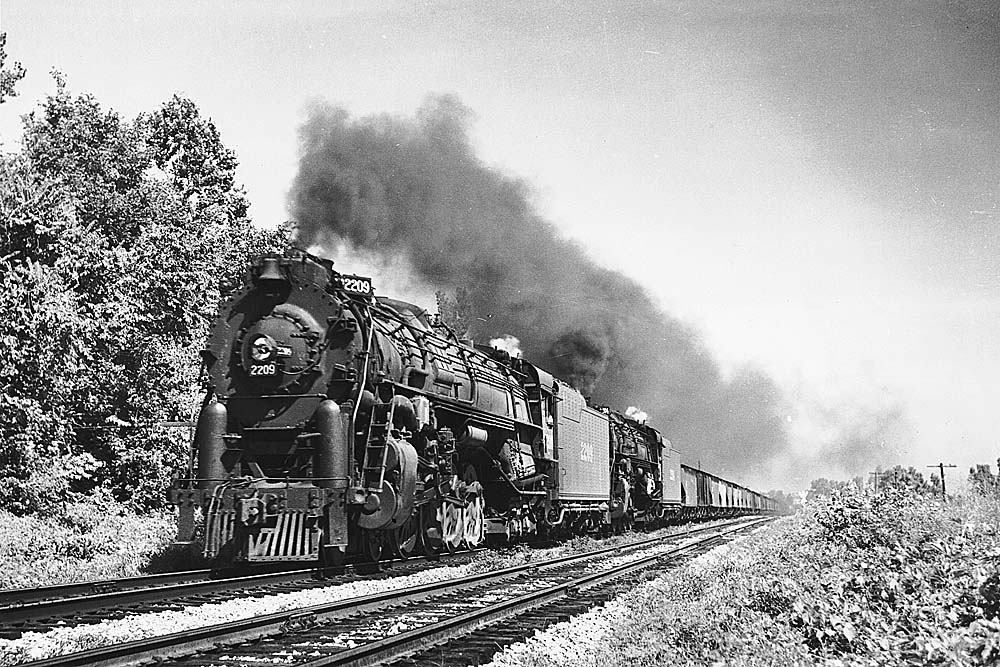
Lines west of St. Louis
Ground was broken for the Pacific Railroad at St. Louis, Mo., on July 4, 1851, the nation’s 75th birthday. The road had been chartered two years previously to build west from St. Louis through Jefferson City, Mo., to the Pacific. The first four miles of the railroad were opened in 1852, and its train was the first to operate west of the Mississippi River. The railroad reached Jefferson City in 1854, Tipton in 1858, and Sedalia, Mo., 185 miles from St. Louis, in 1860. It was completed to Kansas City, 94 miles farther, in 1865.
In 1866 the road leased the Kansas City, Leavenworth & Atchison Railway, and in 1869, leased the Leavenworth, Atchison & Northwestern Railroad, reaching Atchison, Kan., with the intention of continuing to Omaha.
The Pacific Railroad was built with a state-decreed track gauge of 5 feet 6 inches. When it was begun, a bridge across the Mississippi was considered impossible, so interchange with railroads east of the river was not a consideration. The Rock Island bridged the Mississippi in 1856, and the Union Pacific and Central Pacific were built to standard gauge; construction of the Eads Bridge at St. Louis had just begun when the Pacific Railroad converted to standard gauge on July 18, 1869. In 1870 the railroad took a new name, Missouri Pacific Railroad, and it was reorganized as the Missouri Pacific Railway in 1876.
Lines south and southwest of St. Louis
Two early railroads formed the nucleus of the southern part of the Missouri Pacific. The St. Louis & Iron Mountain Railroad was chartered in 1851 to build southwest from St. Louis. It was opened in 1858 from St. Louis to Pilot Knob. In 1869 it completed a line from Bismarck southeast to the Mississippi River and a connection by ferry with the Mobile & Ohio. The Iron Mountain was built, like the Pacific Railroad, with a gauge of 5 feet 6 inches, but the connection with the M&O was important enough that the road converted to 5-foot gauge, the standard in the South. The Iron Mountain continued building south through Poplar Bluff and reached the Arkansas state line in 1872.
The Cairo & Fulton Railroad was chartered in 1854 to build a railroad from Birds Point, Mo., across the Mississippi River from Cairo, Ill., to Fulton, Ark., near the Texas border. It reached a connection with the Texas & Pacific at Texarkana in 1873. In 1874 the Iron Mountain and the Cairo & Fulton were consolidated as the St. Louis, Iron Mountain & Southern Railway.
Lines in Texas and Louisiana
The Texas portion of the Missouri Pacific system consisted of several entities that at various times owned, controlled, or included each other. The two major ones are the International-Great Northern and Gulf Coast Lines.
The International & Great Northern Railroad was chartered in 1873 to consolidate the Houston & Great Northern Railroad, a railroad between Houston and Palestine, Texas, and the International Railroad, which ran from Longview, where it connected with the Texas & Pacific, through Palestine to Hearne, with the intention of continuing to Laredo to be part of a route to Mexico City. The I&GN underwent reorganization in 1879 and soon afterward was leased to the Missouri, Kansas & Texas (Katy), which had just become part of Jay Gould’s empire. In 1883 the I&GN leased the Galveston, Houston & Henderson Railroad.
When the Katy ran into financial difficulties in 1888, the lease was canceled, and the I&GN resumed independence, though it remained in the Gould family. In 1895 it “adjusted its debt,” in the words of Poor’s Manual of Railroads, and it entered receivership in 1908. It was succeeded in 1911 by the International & Great Northern Railway. In 1914 the I&GN found itself unable to pay either the principal or the interest due on its bonds. The I&GN’s creditors, the executors of the Jay Gould Estate, consented to extend the debt, but were unable to do so because of the unsettled financial situation resulting from the war in Europe and a poor cotton crop that year. The I&GN entered receivership in 1914.
The International-Great Northern Railroad was incorporated in 1922 as successor to the I&GN. The New Orleans, Texas & Mexico (Gulf Coast Lines) purchased the I-GN in 1924.
Gulf Coast Lines was a collection of railroads between New Orleans and Brownsville, Texas, which had been assembled by B.F. Yoakum when he was chairman of the board of the Rock Island and the Frisco. The principal component and parent of GCL was the New Orleans, Texas & Mexico; the biggest of the subsidiaries was the St. Louis, Brownsville & Mexico, a relative latecomer, opened in 1908 from Houston to Brownsville.
The NOT&M, StLB&M, and others were divorced from the Frisco in 1913, at which time they acquired the Gulf Coast Lines name. NOT&M purchased the International-Great Northern in 1924, and acquired control of the San Antonio, Uvalde & Gulf in 1925. Missouri Pacific purchased control of NOT&M in 1924.
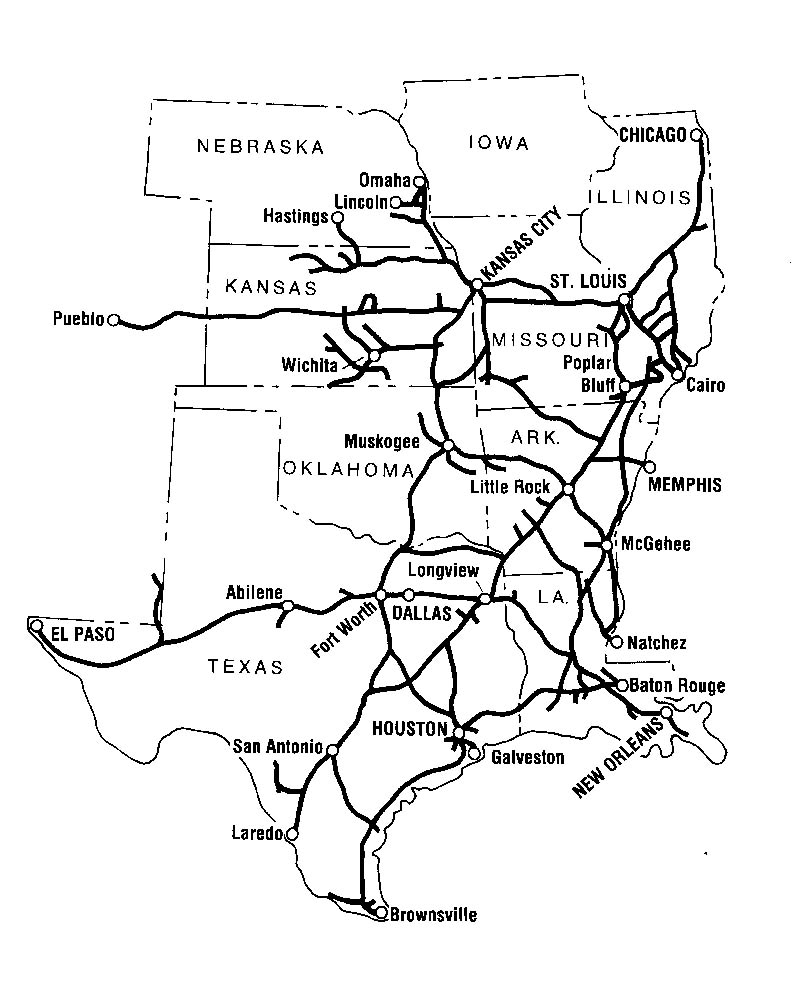
The Gould era of Missouri Pacific history
Jay Gould bought control of Missouri Pacific in 1879. He soon added to his portfolio the St. Louis, Iron Mountain & Southern; Missouri, Kansas & Texas; International & Great Northern; Texas & Pacific; Galveston, Houston & Henderson; Wabash; and Central Branch, Union Pacific (a railroad running west from Atchison, Kan.).
Gould began an expansion program that extended MP to Omaha, Neb., and Pueblo, Colo.; I&GN to Laredo, Texas, on the Mexican border; Iron Mountain to Memphis, Tenn., Lake Charles, La., and Fort Smith, Ark.; and T&P west to a connection with Southern Pacific at Sierra Blanca, Texas.
Then his empire fell apart. Wabash entered receivership in 1884, T&P in 1885, MK&T in 1888, and I&GN in 1889. T&P and I&GN remained in the Missouri Pacific family; MK&T became independent; and Wabash eventually became part of the Pennsylvania Railroad family.
Twentieth century
In the early 1900s Missouri Pacific constructed several new lines along rivers to bypass stiff grades on its older routes. Among them were the Illinois Division along the Mississippi southeast of St. Louis and the Jefferson City-Kansas City line along the Missouri. In 1917 the Missouri Pacific Railroad was incorporated to consolidate the Missouri Pacific Railway and the Iron Mountain, which had entered receivership in 1915.
MoPac acquired control of the New Orleans, Texas & Mexico Railway (Gulf Coast Lines) in 1924, and by 1930 MP owned 92% of its stock. MP also owned a 69% interest in the T&P. The expanded system was known as Missouri Pacific Lines; at times the term included the Texas & Pacific.
Missouri Pacific owned half the common stock of the Denver & Rio Grande Western (Western Pacific had the other half). MoPac and WP lost their control of the Rio Grande when it was reorganized in 1947.
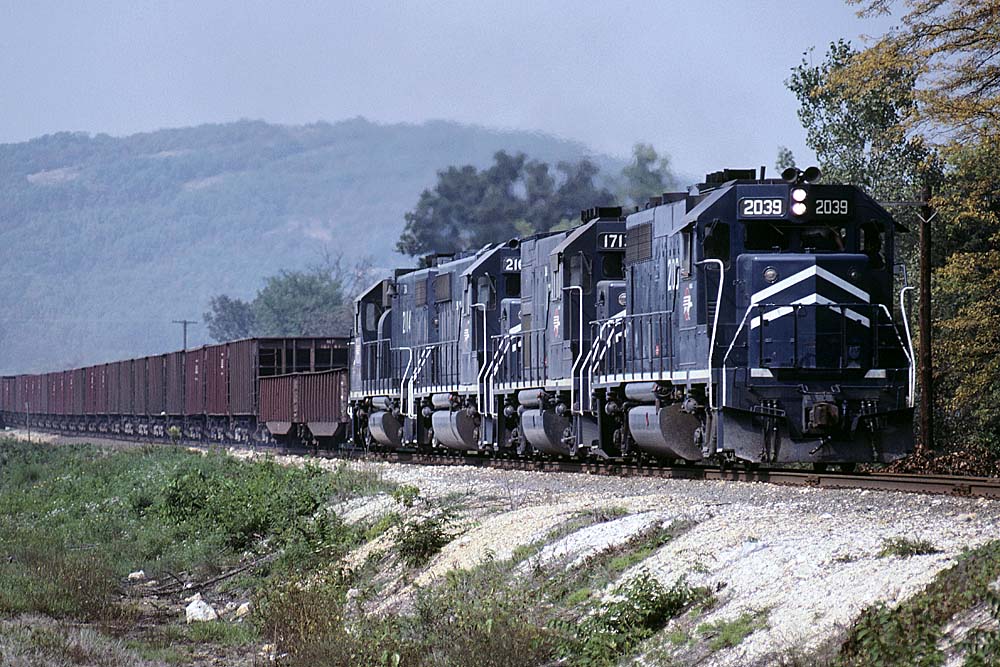
Mergers
In 1961 MoPac acquired an interest in the Chicago & Eastern Illinois. In 1967 MoPac took control of C&EI, in 1969 sold the Evansville line to Louisville & Nashville, and in 1976 merged C&EI.
In 1923, T&P issued preferred stock to MP in exchange for mortgage bonds. By 1930 MP owned all T&P’s preferred stock and more than half its common stock. MP merged Texas & Pacific on Oct. 15, 1976. With T&P came the remnants of the Midland Valley and the Kansas, Oklahoma & Gulf, which T&P had acquired in 1964.
In 1968 MP purchased a half interest in Alton & Southern from the Aluminum Corp. of America (Alcoa); Chicago & North Western purchased the other half interest but sold it to St. Louis Southwestern (Cotton Belt). In 1977 MP merged several smaller subsidiaries, among them the Fort Worth Belt and the Missouri-Illinois. That same year MP was reincorporated and became a wholly owned subsidiary of Missouri Pacific Corp.
Missouri-Illinois Railroad
The predecessors of the Missouri-Illinois were the Mississippi River & Bonne Terre Railway and the Illinois Southern Railway. The MR&BT was incorporated in 1888 and opened in 1890 from a connection with the St. Louis & Iron Mountain at Riverside, about 30 miles south of St. Louis, south into the lead-mining area east of the Iron Mountain line. The MR&BT was owned by the St. Joseph Lead Co.
The Illinois Southern was incorporated in 1900 as successor to the Centralia & Chester, which had a line from Salem, Ill., southwest to Chester on the east bank of the Mississippi. The Illinois Southern planned to extend the line across the Mississippi and on to Kansas City, bypassing St. Louis. The line reached the Iron Mountain at Bismarck, Mo., in 1903, but the ferry crossing of the Mississippi near St. Genevieve, Mo., restricted any serious consideration of the road as a major route. The company underwent reorganization in 1911 and entered receivership in 1915.
The Missouri-Illinois Railroad was incorporated in 1921 to acquire the Illinois Southern. Missouri Pacific acquired control of the M-I in 1929 by acquiring 51% of its stock from the lead companies that owned the M-I. At the same time the M-I leased the MR&BT, which it crossed at Derby, Mo. The Missouri-Illinois entered reorganization in 1933, emerged from bankruptcy in 1944, and merged the MR&BT in 1945. The M-I discontinued its ferry operation in 1961. In 1964 Missouri Pacific acquired nearly all the remaining stock of the M-I, and in 1974 acquired the final shares. MP merged the M-I in 1978.
Merger with Union Pacific
The creation of Burlington Northern in 1970 formalized long-established alliances, but Chicago, Burlington & Quincy’s acquisition of Frisco stock in 1966 and the opening of merger discussions between BN and Frisco in 1977 in effect put BN in MoPac’s back yard. Santa Fe and Union Pacific both considered MoPac as a merger partner in the early 1960s, and in 1966 MoPac purchased a large block of Santa Fe stock, filed an application to control the Santa Fe, then withdrew the application a year or two later.
In January 1980 Union Pacific announced an agreement to acquire Missouri Pacific—then two weeks later made an offer to acquire Western Pacific. The announcement constituted the first significant realignment of railroad alliances in the West since E. H. Harriman had put UP and Southern Pacific together 80 years before.
The merger of UP and MP was consummated on Dec. 22, 1982. Initially, the two railroads were to remain separate in name and image. A year later yellow paint began to replace blue on Missouri Pacific locomotives, and not long after that “Union” replaced “Missouri” in the lettering diagrams.






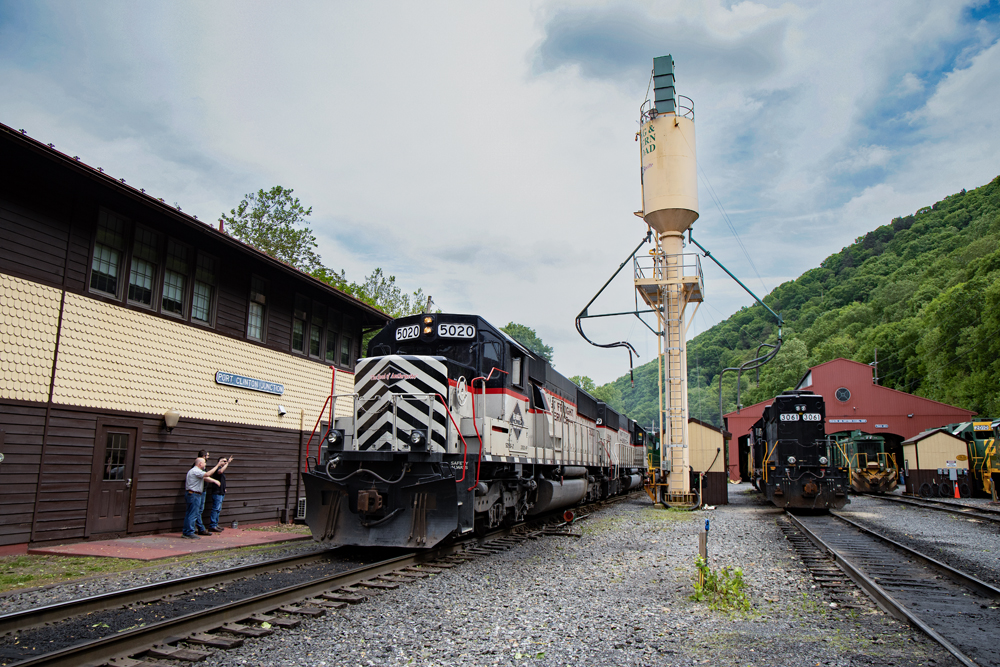
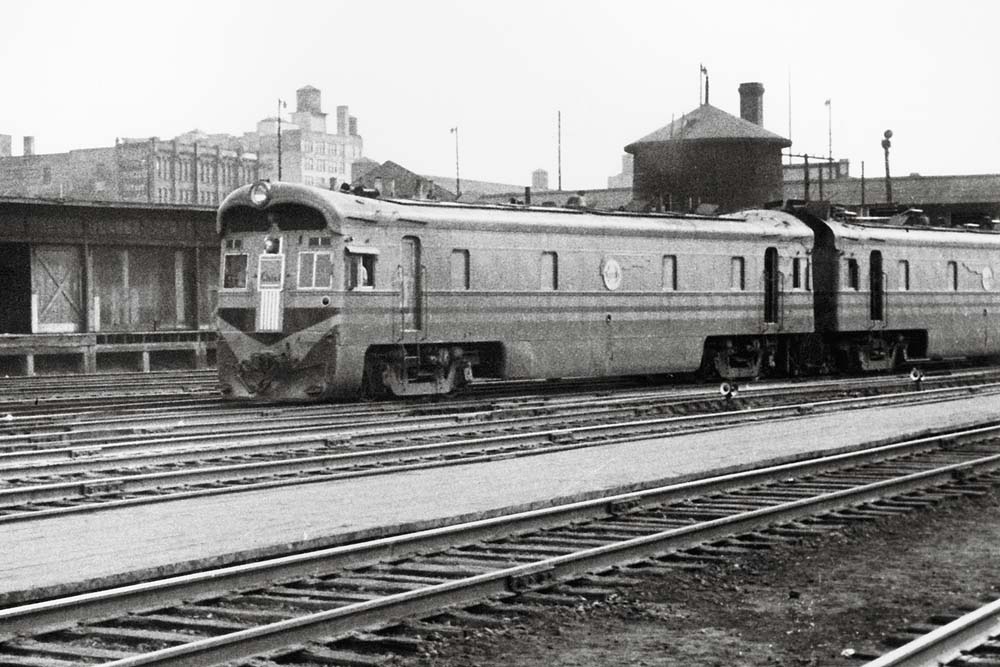
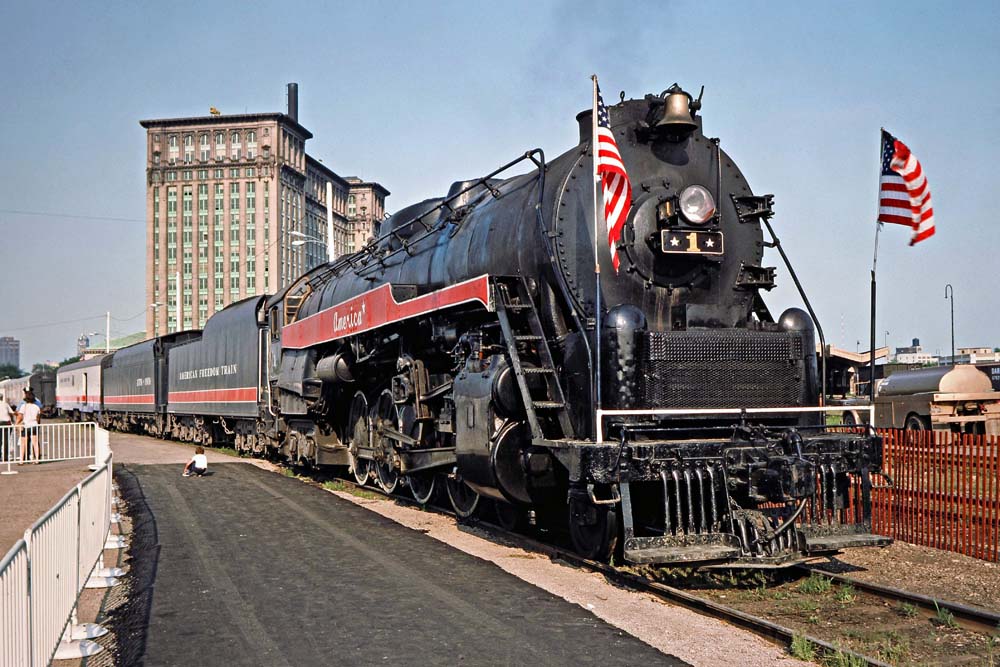
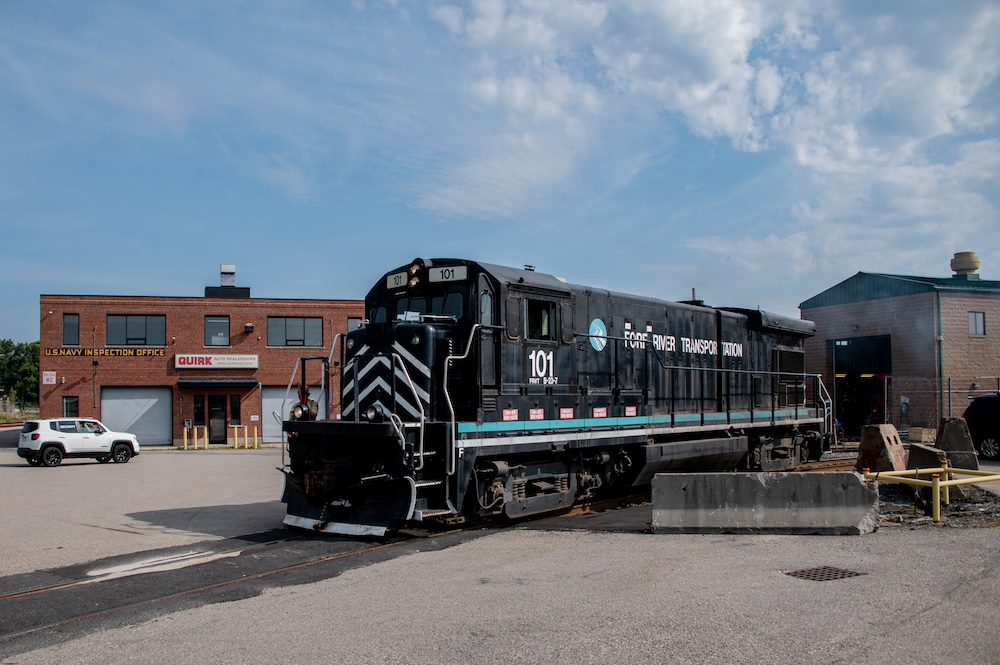
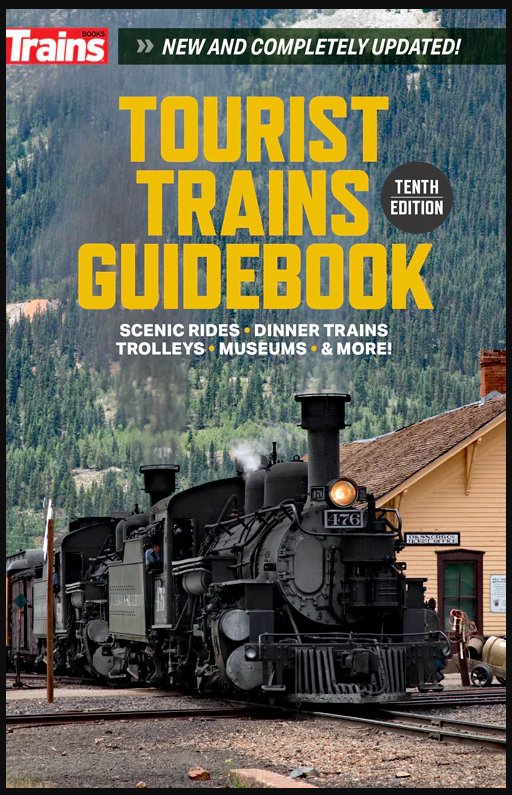
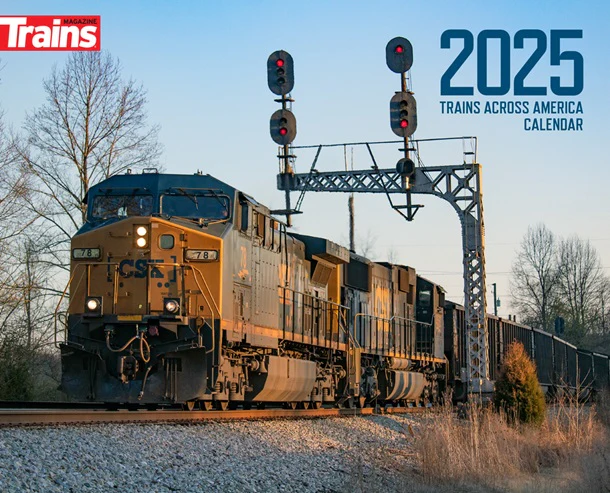
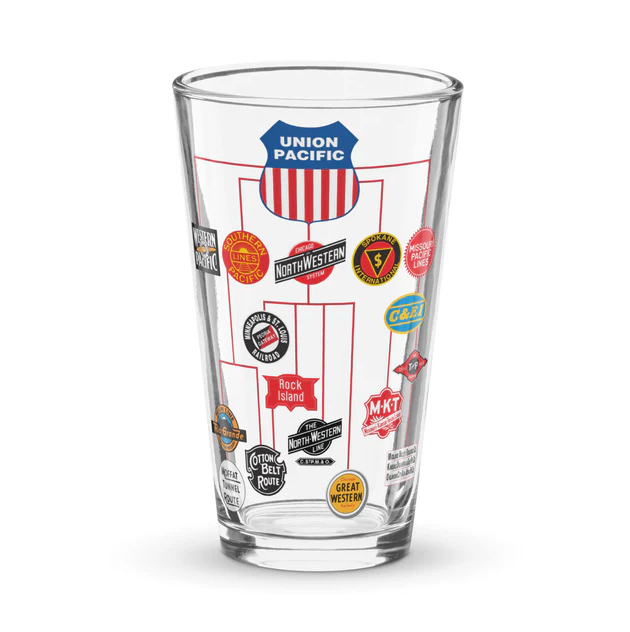
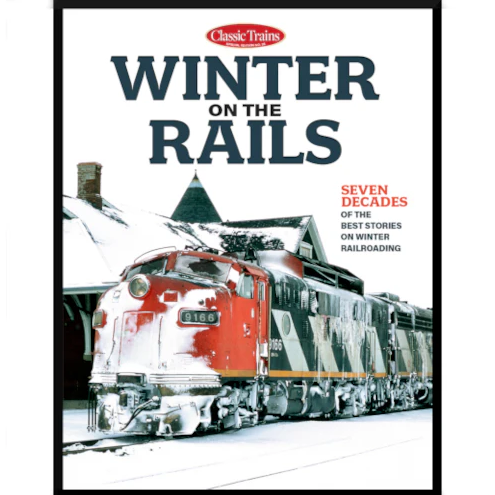
A great article about the MoPac and is valuable ancestry as an important part of the Union Pacific franchise. What changes might have been made to the current rail landscape if the MoPac had actually gained control of the Santa Fe (AT&SF) back in 1966. By the time the UP tried to buy it in 1994-95 Rob Krebs had already determined to take the Santa Fe north to Burlington Northern. Had UP gained control of the AT&SF it would have become an over 60,000 mile behemoth. Krebs threatened a “poison pill” maneuver and Drew Lewis of UP decided that any more money to their +4 million bid would not be in the best interest of UP shareholders. Shortly thereafter (in 1996) the UP merged the Southern Pacific (with the Rio Grande and Cotton Belt) and became the largest Railroad in the US (by track miles) anyway. In the end, both UP and BNSF have gone on to be great railroads and competitors in their own rights…
Sorry, meant to say 4 Billion dollar bid, not 4 million. Also, it should be noted that Jay Gould’s empire only “fell apart” (The Gould era of Missouri Pacific History) because of Gould’s death and the failure of his son George to maintain the empire his father had created…
It would be proper to recognized that George passed away several years ago. It is a tribute to reuse his article but give him the proper due for goodness sake he worked for Kalmbach a good while.
5 FEB 2025 Having retrieved sources from that time, it seems that C&F did not complete track to Texarkana until early 1874, but was still using a ferry to cross Red River until the bridge was completed in March. Would appreciate any 1873 source that could provide a different date, since sources from much later disagree, such as ICC Valuation. thank you